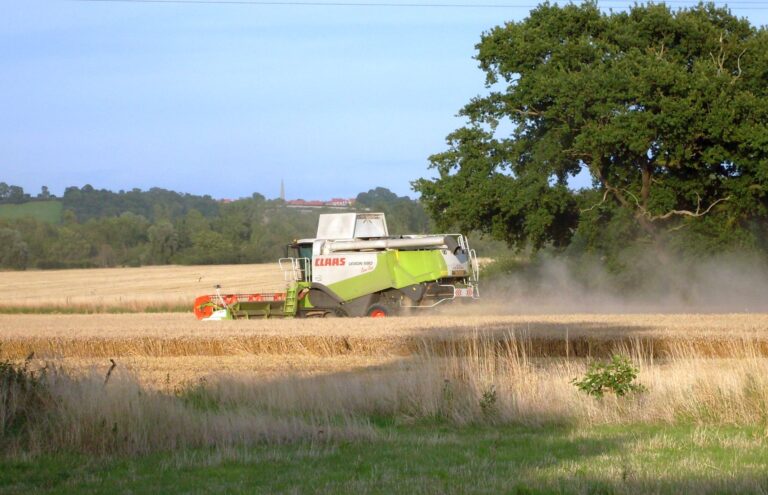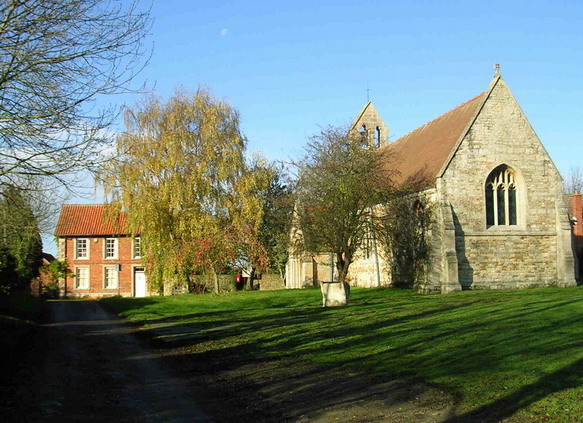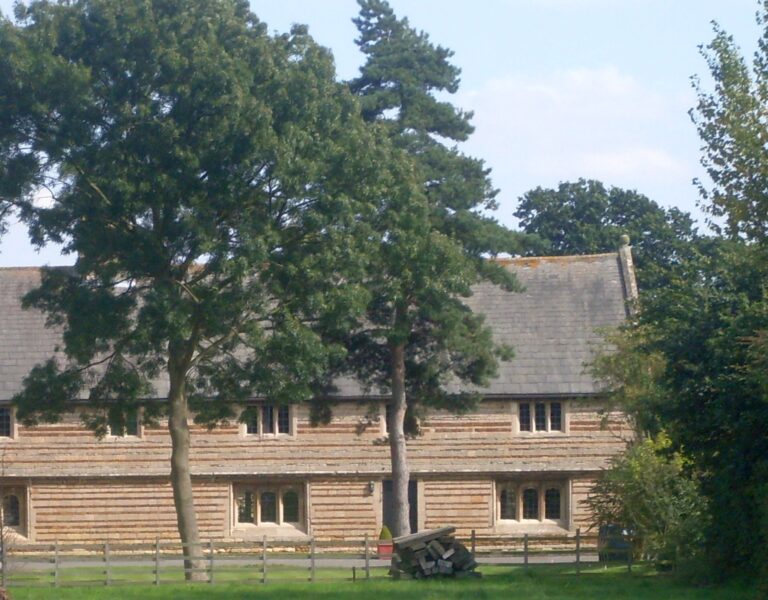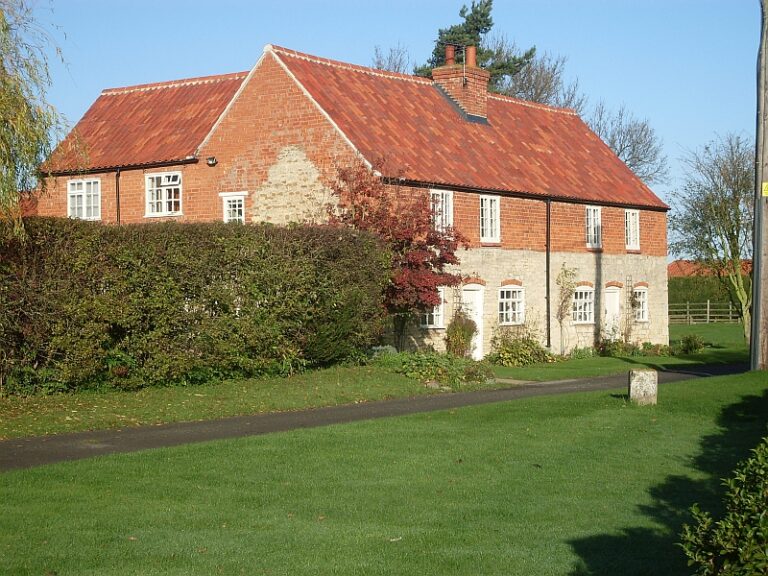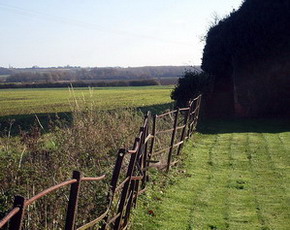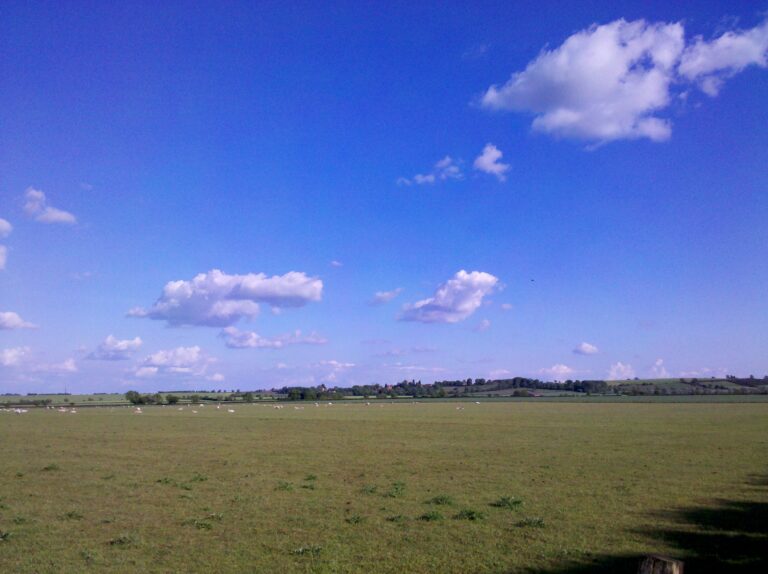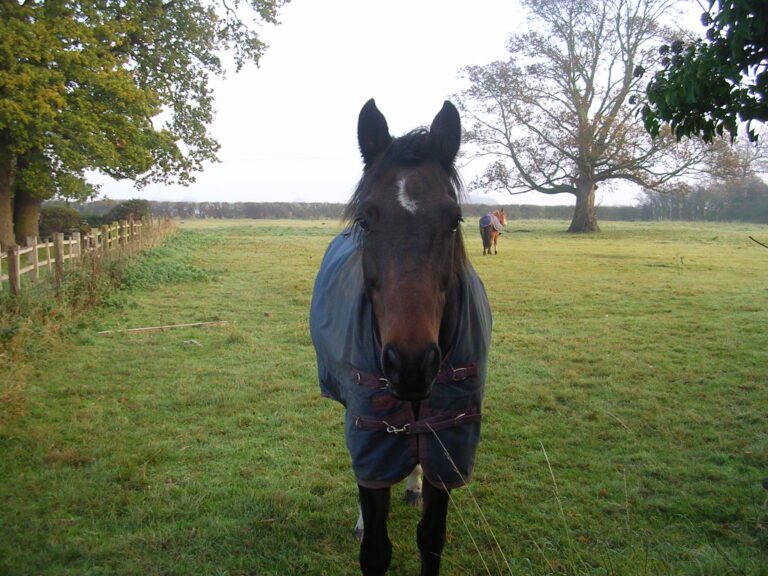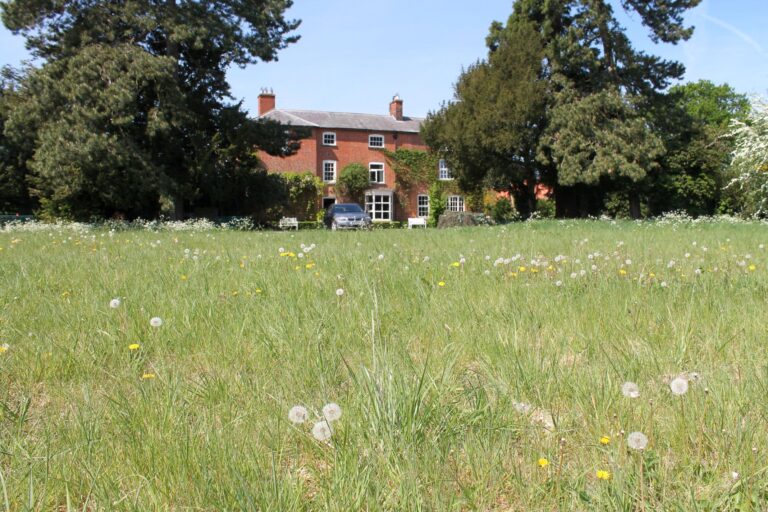Brandon, Lincolnshire lies 7.5 miles North of Grantham, 15 miles South of Lincoln and 7.5 East of Newark (Nottinghamshire). It is in the parish of Hough on the Hill, in the middle of the old Loveden Wapentake.
For Parish Council, war memorial etc – see Hough on the Hill.
Village History – see below.
See below for the history of various Brandon Houses.
Holy Communion is held at Brandon Chapel at 9am on the 3rd Sunday of every month.
Post box collections: Mon-Fri 0900/ Sat 0700 (updated Jan 2025)
Panoramic view from the top of the church.
Join the local NEXTDOOR group (more Information).
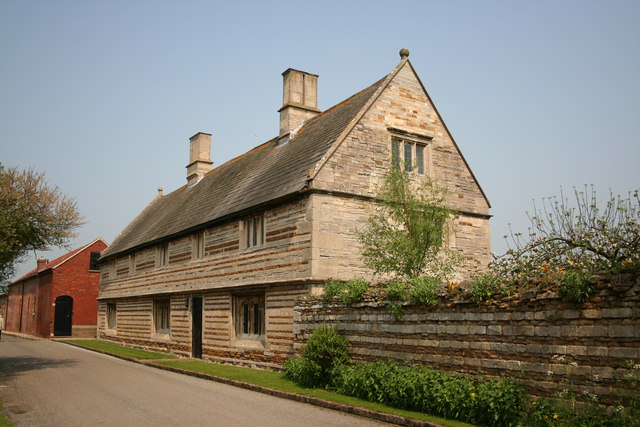
Brandon History
Brandon, Lincolnshire is part of Hough on the Hill Parish, at the centre of the Lovedeon Wapentake. The name of the village may mean ‘hill by the River Brant’, from the Anglo-Saxon names for the river (Brant – steep or deep) and dun (hill), or perhaps a broom-covered hill (Brom Dun).
Prior to the Norman invasion in 1066 the village may have been known as Branthon, but the 1086 Domesday Book records is as Brandune. Domesday book records aren’t exactly divided by village and Brandon appears to be divided between 2 manors:

The Manor of Caythorpe, which had been owned by Aelric son of Mergeat in 1066 but in 1086 the lord was Robert de Vessey. In Brandon this manor had 8 freemen and land for 1.4 ploughs.
The Manor of Folkingham, had been owned in 1066 by Ulf Fenman. In 1086 Deoring was lord, but the tenant in chief was Gilbert of Ghent. This part of Brandon had 13 freeman, land for 5 ploughs and 6 acres of meadow.
Presumably it was the larger part of the village that lay within the soke (juristiction) of Gilbert de Gant of Folkingham (1st Earl of Lincoln) in the 12th century . In the 13th century parts of Gilbert de Gants’ feoffment were held by Ralf de Dryby and the Templars. Later in the 13th century William Bardolf was ‘lord paramount of part of this vill’.
Brandon Old Hall dates back to at least 1500, but amongst the stories surrounding the Hall include the tradition that Hereward the Wake (11th century), a knight escaping from the battle of Stoke Field (1487) and the deposed King James II (1688) all stayed there.
Remains of possible crofts (enclosed land attached to a house) have been identified in the field to the east of the village (know as Old House Close in 1850). Possible remains of tofts (houses) have been identified to the north of the start of Hall Lane (near the duckpond); this field was called Falcon Yard in 1850.
The church at Brandon (actually a ‘chapel of ease’, subsidiary to the parish church at Hough) was originally built in Norman times, although most of the structure is Early English. It was restored in 1872 by 3rd Earl Brownlow, who owned much of the land in the area. The medieval work dates to periods between the 12th and 15th century, while the presence of late Saxon material may indicate the presence of an earlier church or other high status building. There are several re-used windows and a Norman south door. The lintel and tympanum have chip-carved St. Andrews crosses and the hood mould has a motif that is Anglo-Saxon derived. The north arcade is Early English and there are Decorated and Perpendicular features.
The current field boundaries are likely to date back to the Enclosure Acts (roughly 1750-1850). Greystones has a stone dated 1717 and Brandon Hall was probably built in the mid 1700s.
In the late 1940s German POWs were housed in Groom’s Cottage and the attics of Brandon Hall while they worked on the farms.
After the war, village fetes were in the field opposite Brandon Hall. The gate off Hall Road was the entrance, stalls were under the brick shed and there was Bowling for a Pig on the left in the corner near the gate. This field had a sheep dip (just behind the shed and slightly to the right) and there was also a pond there which extended into what is now the garden of The Courtyard. In the corner nearest Brandon Hall (and perhaps part of the Courtyard garden) there was a tennis court. This was used by the whole village and maintained by Mr Jex, the Burtts and the German POWs.
There were whist drives and meetings at the barn next to Greystones, what is now the Granary and the barn opposite Old Hall Barn. The floor to the latter was raised to about 3ft and it was used for storing hay.
The village has never had a pub (as far as we know) but did have the Social Club. This wooden hut came from RAF Cranwell and was apparently the one used by Frank Whittle when he was developing the jet engine. The hut was erected next to the church by David & Fred
Brandon Houses
The linked pages include details of some houses in and around Brandon, plus who we think lived there (up to about 1950).
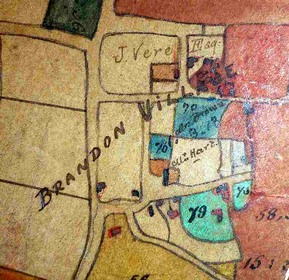
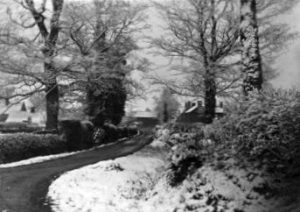
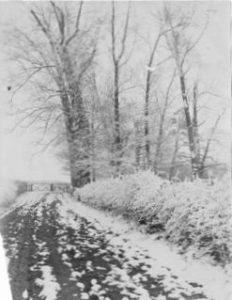
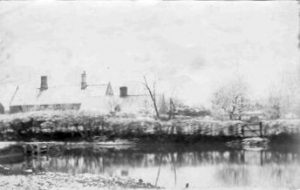
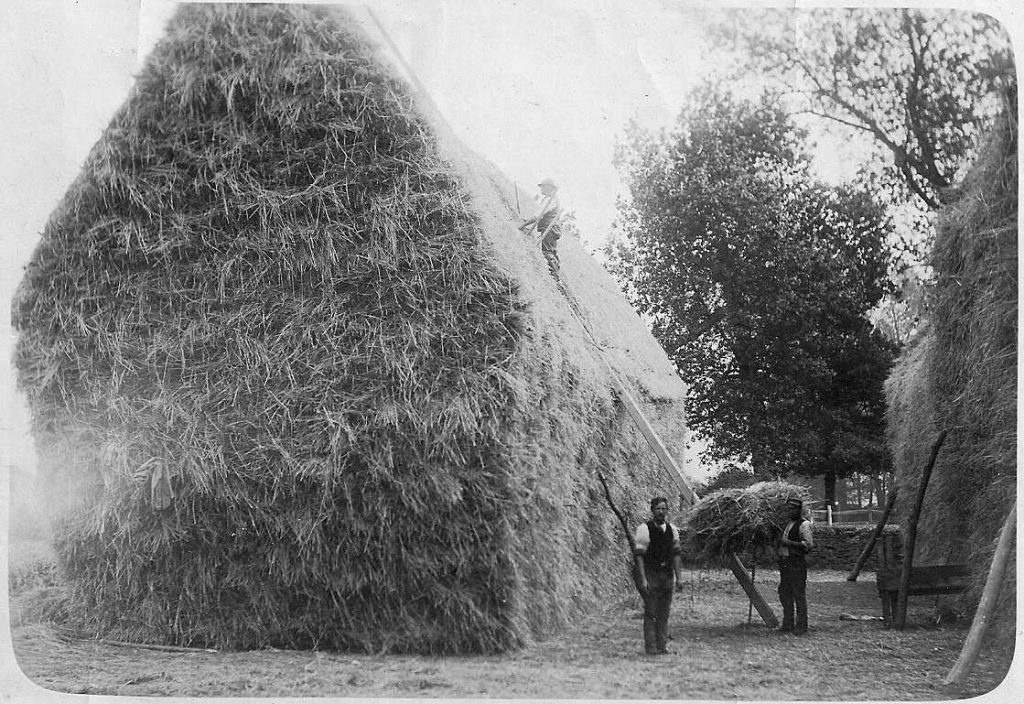
About Nextdoor. ‘Nextdoor’ is a sort of interactive village noticeboard. 70% of households in Hough on the Hill Parish (inc. Brandon and Gelston) are members. It’s very simple to use and is used for announcements about blocked roads, missing pets, suspect people, recomendations for tradesmen, sales, wants etc. It’s not very busy but if a post is important or urgent someone may answer straight away as everyone in the local group is sent an email (this can be changed to a text message, or turned off). You can send a message just to the Parish, or include nearby villages too. Click here to join.
